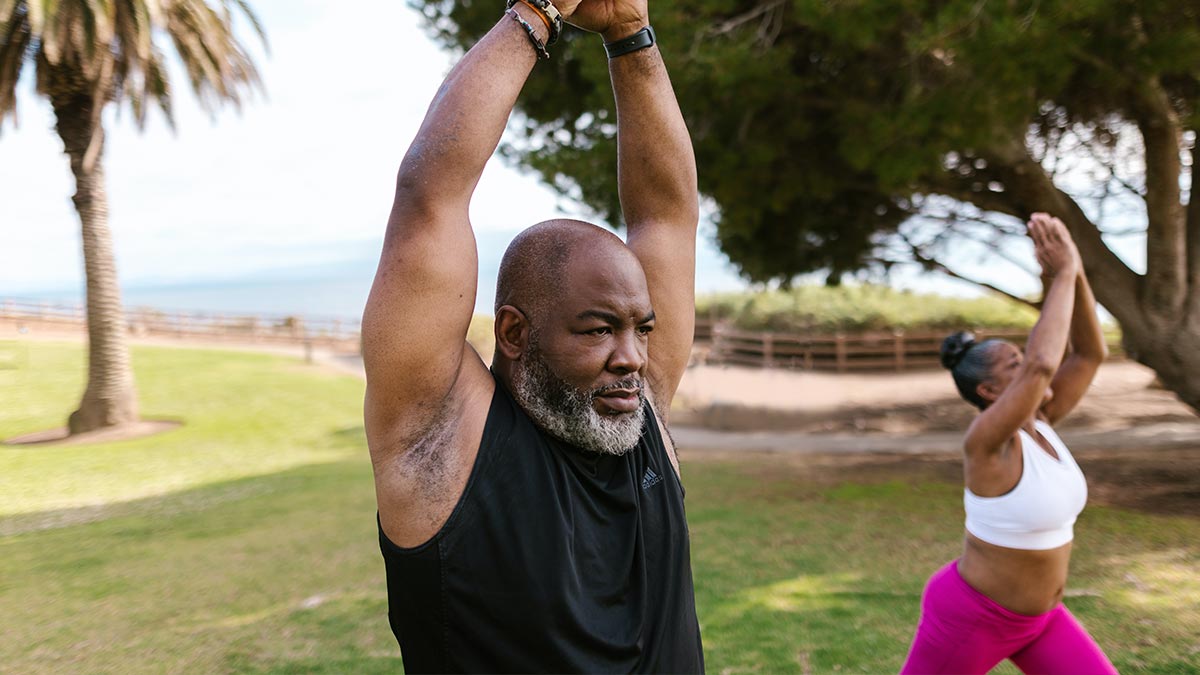
Tips for Seniors to Maintain Mobility
It’s no secret our energy levels drop as we age, but inversely, the need to stay mobile increases. Mobility, or lack thereof, can quickly compound health problems and intensify conditions rather than alleviate them. The good news is that you can stay mobile by making a conscious decision to look after your physical health.
Below, we’ve included several tips for mobility that people of all ages can use to stay flexible, strong, and healthy. Incorporating these tips into your daily routine can take effort, but the results are worthwhile. How can you add mobility to your day?
5 Tips for Maintaining Mobility
The obvious solution to maintaining mobility is incorporating exercise into your day to build strength and activate joints. However, the following tips can help seniors to:
- Lose weight
- Regain confidence
- Improve flexibility
- Foster social connections
- Support self-care and independence
- Improve mental health
- Increase cardiovascular health
- Promote balance
Which of the following tips can you use to stay mobile?
1. Establish an Exercise Routine
Seniors who haven’t exercised in some time may benefit from starting slowly and working toward a particular goal. The CDC recommends beginning with five to 10 minutes of training and increasing that time as seniors build resistance. When you start an exercise routine, it’s all about establishing consistency and dedication.
2. Look into Mobility Aids
As we age, it’s difficult to admit that we can’t do as much as our younger selves did. However, several mobility aids can help seniors work on their motor skills while minimizing the burden on their aging bodies. Investing in canes, risers, wheelchairs, walkers, and step stools can help seniors retain some independence as they improve their mobility.
3. Join a Class or Group
Working out at home can benefit some seniors, but classes and groups offer a much-needed social element for those looking to connect with others. Local YMCA branches often publish a schedule of classes designed to improve mobility. Seniors can also contact gyms to learn more about their classes.
4. Pair Mobility Training with Hobbies or Interests
Sometimes, mobility training is more about what you do than who you do it with. If you’re looking to add mobility in a valuable way, consider your hobbies and interests. What do you like to do that includes a physical element? For some people, it’s hiking. Others prefer to relax with yoga or tai chi.
5. Grab a Partner
Seniors too often fall victim to loneliness and isolation, but practicing mobility can increase the chances of social connection. Teaming up with another senior can help aging loved ones add to their support group and encourage setting goals, persevering against obstacles, and celebrating wins. Family caregivers can also step into the role of mobility partners to improve their health.
Supplement Your Daily Exercise Routine With Mobility
Being mobile doesn’t have to include a treadmill or weight set. Instead, you can use the following resources to help increase your aging loved one’s mobility, depending on what their physical and mental needs require:
- Great Ways to Stay Active Year-Round
- Engaging Activities for Seniors
- Social Connections Can Reduce the Risk of Isolation in Seniors
- The Benefits of Swimming
- What to Do When Your Aging Parent's Mobility is Limited
- Bedroom Safety Tips for Seniors
- 4 Ways to Improve an Indoor Environment for Seniors
At Visiting Angels Cincinnati West, we recognize the benefits of mobility and work to incorporate it into our care programs. Read on to learn more about how Visiting Angels Cincinnati West can help support your loved one’s mobility, regardless of the circumstances.
Add Mobility to Your Life with Visiting Angels Cincinnati West
Visiting Angels Cincinnati West caregivers are passionate about helping seniors stay mobile and healthy. If you’d like to learn more about how our staff supports mobility and approach to senior care, contact us for a free consultation. Our care coordinators are ready to help you create a tailored care plan incorporating several goals, including mobility.
